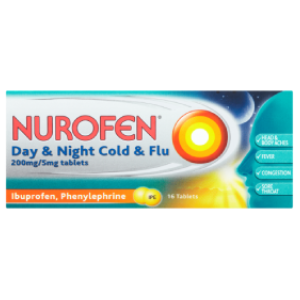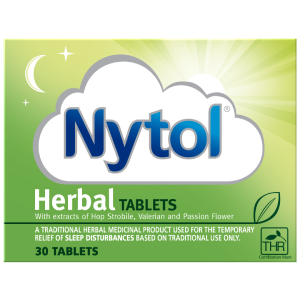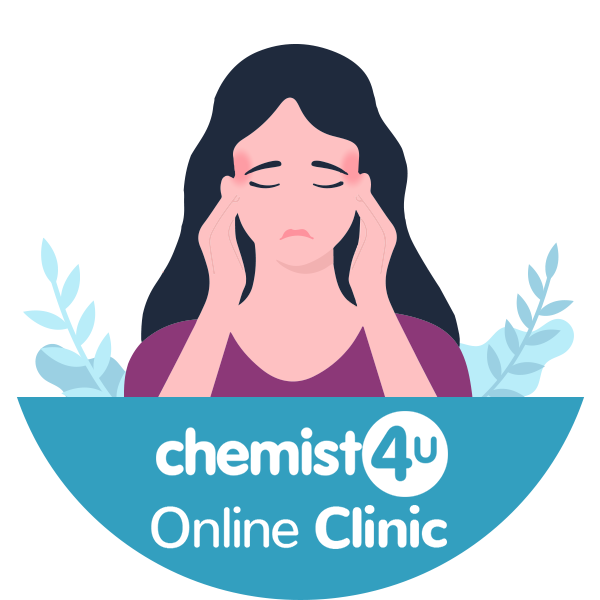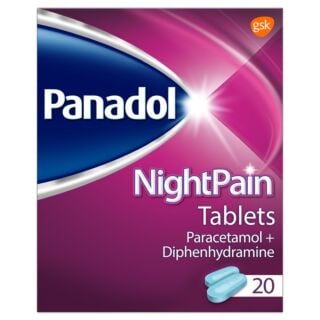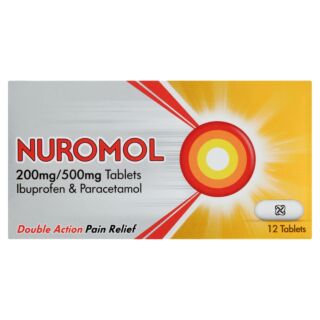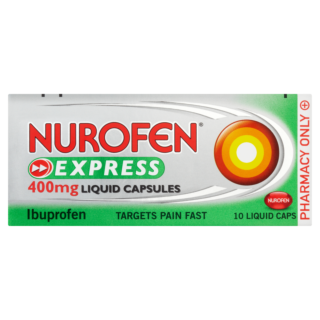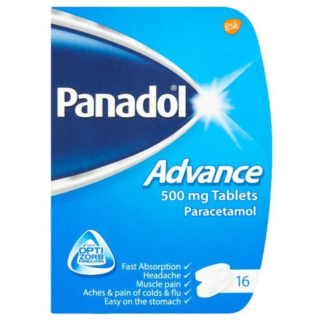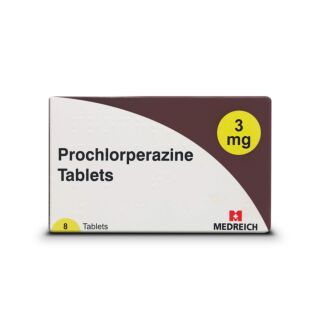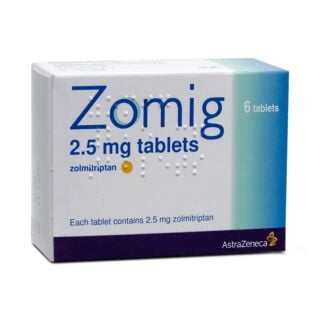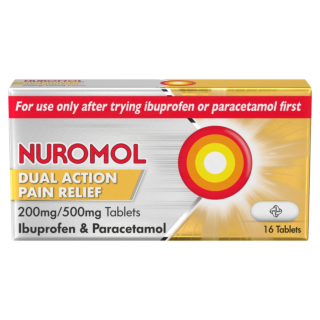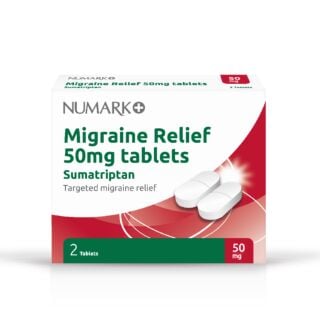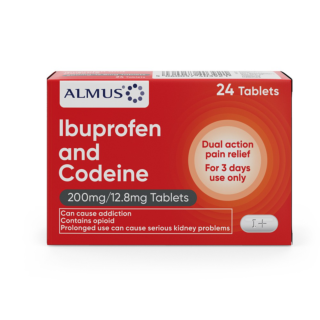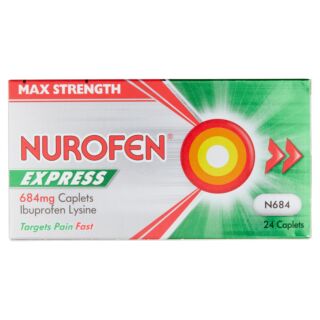Headaches & Migraines
Headaches and migraines can ruin your whole day, making it difficult to concentrate as you try to deal with your throbbing head. … Read More See less
Headaches will usually go away by themselves within a few hours, but migraines can be more painful and take longer to pass. Luckily, headache tablets can help to ease your pain, using a wide range of ingredients like paracetamol, ibuprofen, codeine, and buclizine. Our treatments come from a wide range of popular brands, like Migralieve, Nurofen, Panadol, Anadin and Solpadeine.

Free delivery when you spend over £30

100% discreet delivery for every item ordered

Fully regulated UK pharmacy
What causes migraines?
Although the exact cause of migraines isn’t known, there are lots of triggers that people have noticed that tend to induce a migraine.
These triggers are different for everyone, so it can be wise to keep a diary of when your migraines happen so you can try to work out when and what triggers them for you.
Some of the most common migraine triggers include hormonal changes, emotional triggers, tiredness, dehydration, not eating regular meals, alcohol or caffeine, bright lights or loud noises and certain medications like the contraceptive pill.
What are the best migraine treatments?
Migraines are a common problem, and while there isn’t a cure, there are several treatments available to help ease the symptoms.
Firstly, you should try regular painkillers like paracetamol, aspirin and ibuprofen to see if they can relieve your symptoms.
If these aren’t helping, a type of medicine called triptans are formulated specifically for migraine headaches.
What are the symptoms of a migraine?
Migraines are much more severe than a typical headache, with symptoms including:
- - Intense headache on 1 side of the head
- - Feeling sick
- - Being sick
- - Increased sensitivity to light and sound
Some people may also experience sweating, poor concentration, feeling very hot or very cold, abdominal pain and diarrhoea.
What are NSAIDs?
NSAID stands for non-steroidal anti-inflammatory drugs, which are a type of medicine typically used to relieve pain, reduce inflammation, and a high temperature.
They are given to people who are suffering from pain, whether it be from a headache to something long-term like arthritis.
You can buy NSAIDs over the counter or on prescription, and you might recognize some like ibuprofen and naproxen.


